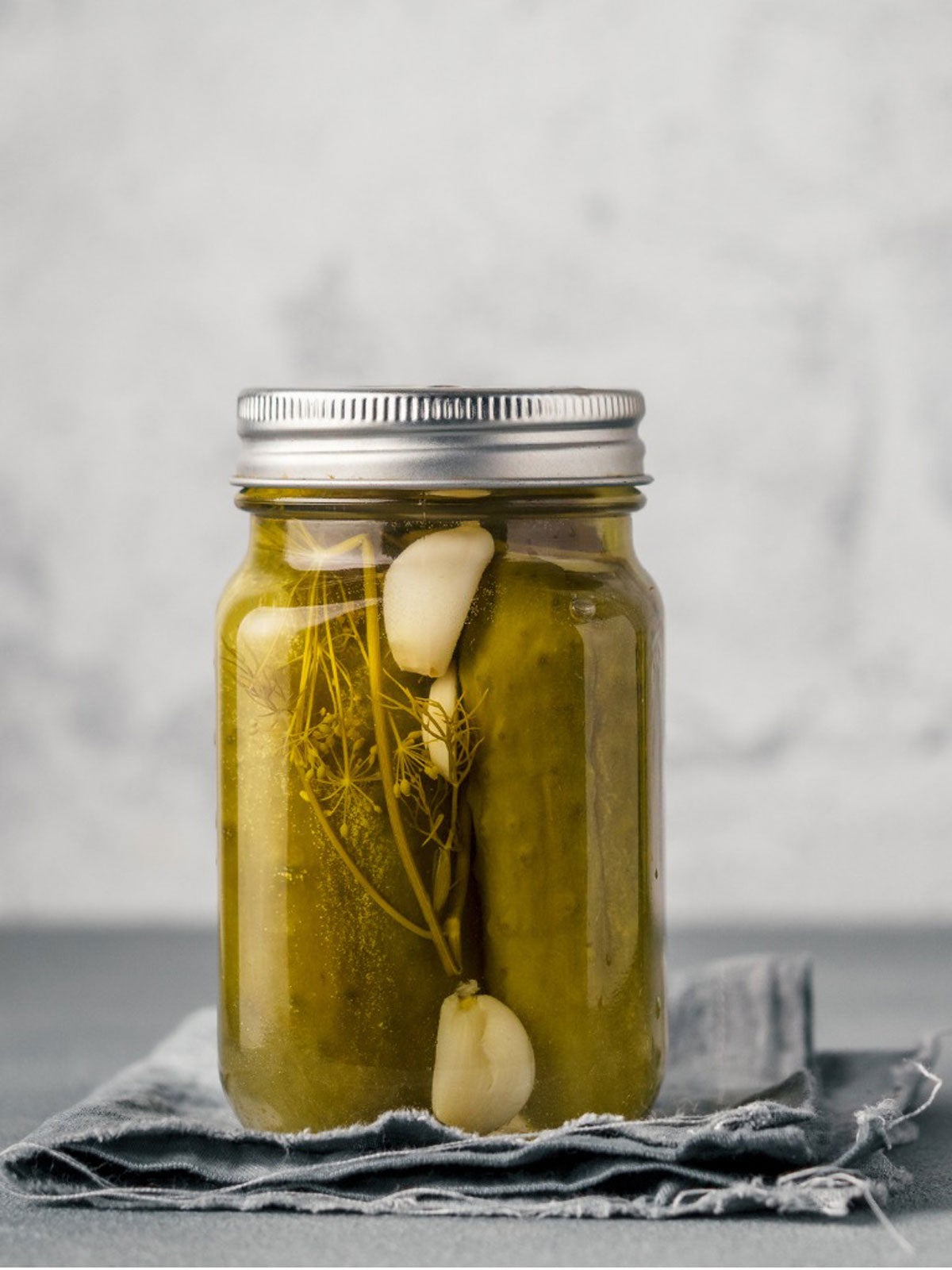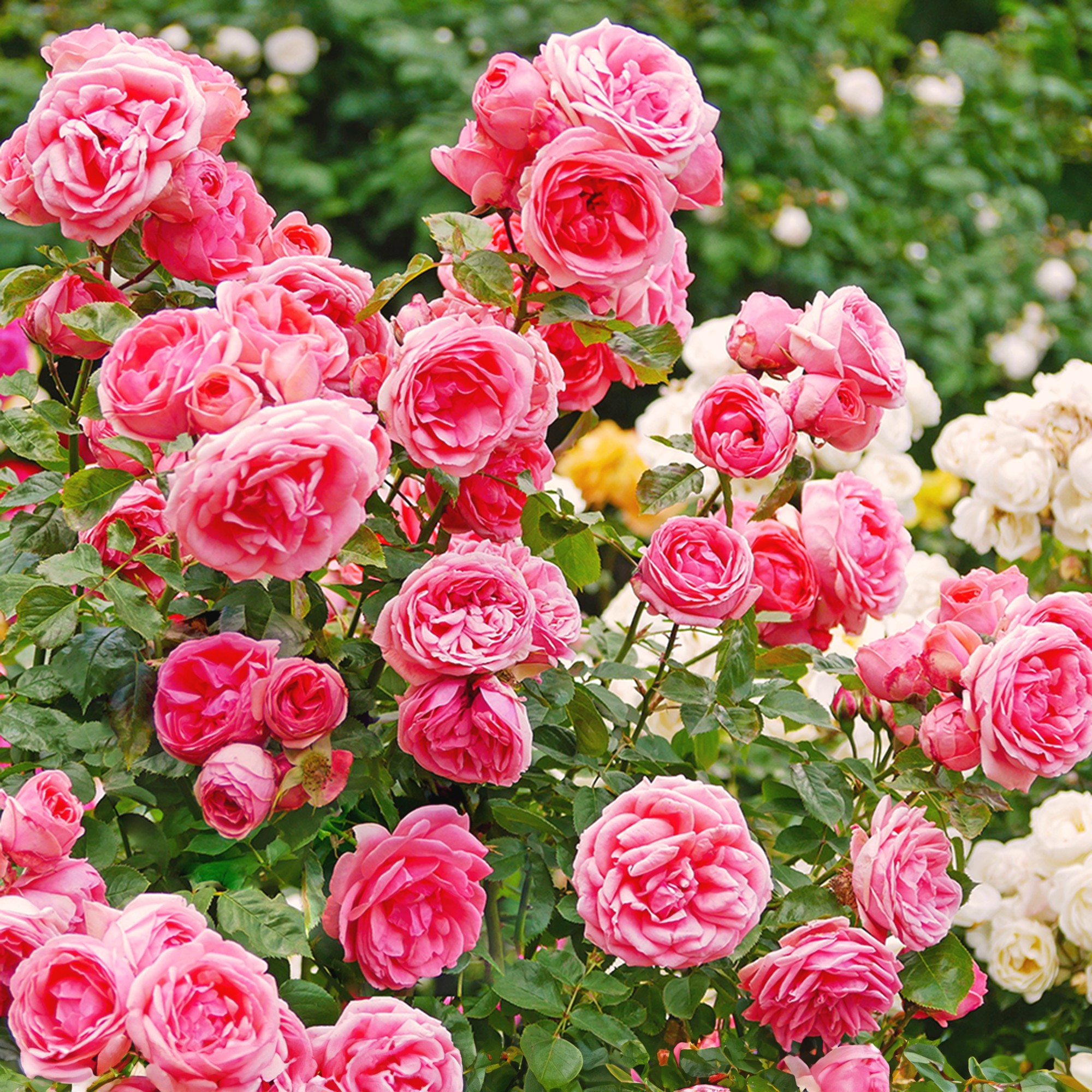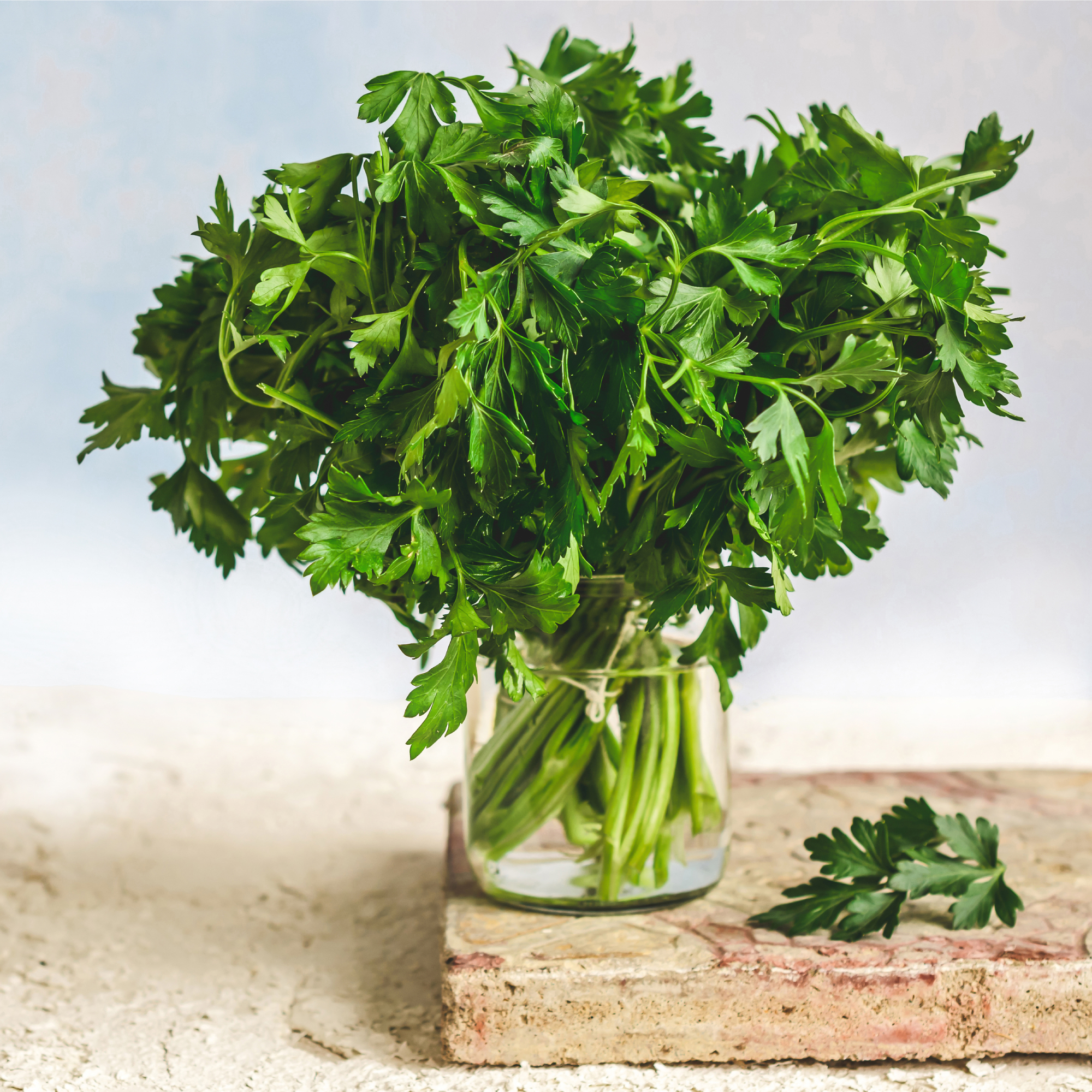Vegetables And Vinegar: Vinegar Pickling Your Garden Produce

Vinegar pickling, or quick pickling, is a simple process that uses vinegar for food preservation. Preserving with vinegar is reliant on good ingredients and methods wherein fruit or vegetables are immersed in water, salt, and vinegar that have been heated. The combination of vegetables and vinegar not only preserves the food but imparts a crispness and tang. Read on to learn how to preserve vegetables with vinegar.
History of Vinegar Pickling
Vinegar has a lengthy history, traces of it have been found in Egyptian urns from about 3000 B.C. It was originally a sour liquid made from the fermentation of wine and, as such, referred to as “poor man’s wine.” The word vinegar is also derived from the Old French ‘vinaigre,’ meaning sour wine.
Using vinegar for food preservation likely came about in northwest India around 2400 B.C. It arose as a simple way to preserve food for long journeys and export. This was the first recorded use of vegetables and vinegar, pickling cucumbers.
About Preserving with Vinegar
When you preserve vegetables with vinegar you end up with a food that can be preserved for long periods of time using simple ingredients. The science of using vinegar for food preservation is simple. The acetic acid contained in the vinegar increases the acidity of the vegetables, killing off any microorganisms and effectively preserving the veggies by preventing spoilage.
There are limitations to vinegar pickling, however. The vinegar matters. While most people use distilled white vinegar because it won’t discolor the veggies, other types of vinegar can be used such as apple cider vinegar, which has a pronounced flavor.
What is terribly important about the acetic content? The vinegar must have a content of five percent acetic acid and should never be diluted. The acetic acid is what is killing off any bacteria and preventing botulism.
How to Preserve Vegetables with Vinegar
There are hundreds of pickling recipes out there. Once you pick one, follow the instructions.
Gardening tips, videos, info and more delivered right to your inbox!
Sign up for the Gardening Know How newsletter today and receive a free copy of our e-book "How to Grow Delicious Tomatoes".
Beyond a good recipe, there are other things to consider. Use stainless steel, enamelware, or glass of food-grade plastic. Never use copper or iron which will discolor your pickles. Make sure your jars have no cracks or chips. Use a candy or meat thermometer to test the water temperature.
If your recipe calls for a water bath, you need a water bath canner or deep kettle that will allow the jars to be covered with water. You will also need a rack or folded tea towels for the bottom of the kettle. Use the freshest, unmarred produce. A bit under-ripe is best, so the produce holds its shape.
Use only fresh spices. Any food-grade salt can be used but not salt substitute. If called for, use granulated or beet sugar, never brown sugar. If using honey, use ¼ less. Some recipes call for alum or lime, but they aren’t really necessary, although lime will impart a nice crispness.
Lastly, if all this seems too much trouble for a pickle, quick pickles that keep for a few days in the fridge can be made as well. Try slicing daikon radish or a firm English cucumber very thinly and then submerge it in rice vinegar, salted and sweetened with granulated sugar, and crushed red pepper flakes to taste, depending on how hot you want it. Within a couple of hours, you have an excellent pickled condiment to use with fish or other dishes.

Amy Grant has been gardening for 30 years and writing for 15. A professional chef and caterer, Amy's area of expertise is culinary gardening.
-
 12 Best Shrub Roses For Every Garden – Enjoy Abundant Romantic Blooms All Summer Long
12 Best Shrub Roses For Every Garden – Enjoy Abundant Romantic Blooms All Summer LongFill garden beds, borders, and pots with these top-performing shrub roses and enjoy many years of color, beauty, and fragrance that spans three seasons.
-
 How To Store Fresh Herbs From The Garden: Best Methods To Maximize Shelf Life
How To Store Fresh Herbs From The Garden: Best Methods To Maximize Shelf LifeSo you've grown delicious and fragrant herbs in your garden, now what? Learn the best way to store your fresh herbs so you can enjoy your success longer!
-
 How Many Vegetables To Plant Per Person For A Year
How Many Vegetables To Plant Per Person For A YearGauging how much to plant in a vegetable garden can eliminate waste while still producing enough for your family. Click for more.
-
 13 Perennial Fruits And Vegetables You Only Have To Plant Once
13 Perennial Fruits And Vegetables You Only Have To Plant OnceLooking to set it and forget it? Find out which fruits and vegetables can be grown as perennials.
-
 11 Edible Plants For A Year-Round Garden In A Bucket
11 Edible Plants For A Year-Round Garden In A BucketWant to know how to grow food inside your house and which foods do best indoors? Click here to learn all about it.
-
 Frost Tolerance Of Vegetables From Least To Most Hardy
Frost Tolerance Of Vegetables From Least To Most HardyHow cold can vegetables tolerate? Knowing which veggies will survive frosts and freezes is essential for the success of your garden. Click here for more.
-
 Best Vegetables To Pickle Straight From The Garden
Best Vegetables To Pickle Straight From The GardenPickles aren’t limited to just cucumbers. Read on for tips on pickling your fresh veggies.
-
 Benefits Of Planting In Fall Vs. Spring Vegetable Plots
Benefits Of Planting In Fall Vs. Spring Vegetable PlotsLearn why some vegetables do better if you plant them in fall instead of spring.
-
 Interplanting Vegetables In The Fall Garden
Interplanting Vegetables In The Fall GardenLearn all about the benefits of interplanting vegetables for your fall garden.
-
 Best Vegetables For Growing In Perlite
Best Vegetables For Growing In PerlitePerlite is a natural growing medium that comes from super-heated volcanic glass. In some cases, it works better than soil. Read on for more info.